What do striped racer snakes eat?The juvenile blue racers eat crickets and other insects such as spiders or worms, adult snakes feed mainly on small rodents, frogs, birds and other smaller snakes such as the ringneck snake The blue racer is an active forager and despite their scientific name, it isn't really a constrictor Reproduction The blue racer breeding season occurs inOut and about in the woods looking for morels and instead find snakes!
Northern Black Racer
Are blue racer snakes aggressive
Are blue racer snakes aggressive-Identification Large, glossy black/blue, chin/throat reddishbrown/salmon orange/cream, belly gray, smooth scales Habitats Sandhills, pine flatwoods, hammocks often near water Other TL ~ 56 ft (max 85 ft); The diet of brown snakes is usually consistent At the same time, when brown snakes are in the wild, they like to eat slugs, earthworms, lizards, worms, beetles, grubs, grasshoppers, crickets, and more These are just some of the various insects that brown snakes like to eat when they are in the wild How often do brown snakes eat?



Pink Snake
Blue Racer Snake Size and Appearance Average Size 35 Feet The blue racer is a thinlybuilt snake that reaches an SVL (snouttovent length) of up to 60 inchesThat doesn't even include their tail, which can sometimes push their size to over six feet!They're the largest snakes in most of their native range What do blue racer snakes eat? The juvenile blue racers eat crickets and other insects such as spiders or worms, adult snakes feed mainly on small rodents, frogs, birds and other smaller snakes such as the ringneck snake The snake is an active forager and despite their scientific name, it isn't really a constrictor Distribution And Habitat The blue racer occurs in
Answer (1 of 7) kthyprynA lot of people have the misconception that blue racers and black snakes chase people in a violent manner They are very fast creatures, but they are certainly not intent on chasing people and they cannot out run a human being They are, however, quite aggressive and violent animals BehaviourThe blue racer is especially ferocious when it feels threatened and Florida's Snakes Black Racer or Blacksnake (Coluber constrictor) NONVENOMOUS Blotched juvenile Solidcolored adult Black Racer or Blacksnake blotched juvenile (upper image) and solidcolored adult (lower image) Photos by Dr Steve A Johnson (UF)Color is a common name applied to many of the species as well as the Black Racer Blue Racers, for example are common around the Great Lakes region Black racers inhabit most areas in the East from southern Maine to the Florida Keys They are long, thin snakes with a black body, and as the picture highlights, white chins
The Eastern racer can be found throughout the state of Nebraska Diet Prey for the Eastern racer includes; Most adult North American Racers are about 56 inches ( cm) in total length, with a record length recorded of 72 inches (1 cm) This is a long and slender snake with smooth scales in 17 dorsal rows at midbody Adults are black or bluish/black with white or brown and white markings on the chin and throatIn fact, the Blue Racer Snake is quite possibly the fastest snake in the Americas There is some debate over this fact, as some individual snakes are faster than others The leading contender for fastest snake in the US aside from the Blue Racer is the Coachwhip In any case, Blue Racer Snakes have been clocked going nearly 45 mph, or 72 km/hr



Electric



Snakes Of Nebraska Nebraska Game And Parksnebraska Game And Parks
The scales are smooth, without keels, and the anal plate is divided This snake is similar in appearance and habit to its close relative, the Black Racer What do blue racers eat?Striped Racers do not have venom that isThis beautiful snake is FAST and so
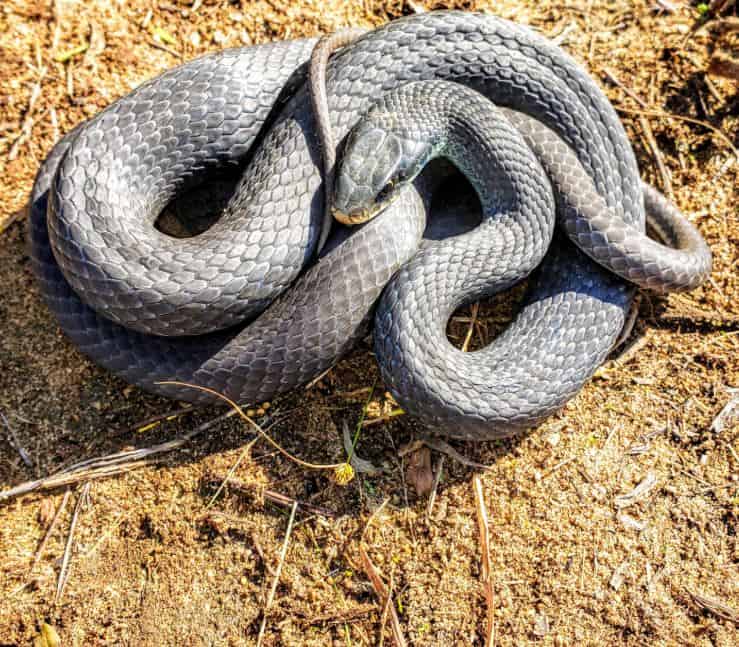



Snake Profile Blue Racer Snake With Pictures




Buttermilk Racer A Guide To Snakes Of Southeast Texas Inaturalist
What Do California Striped Racer Snakes Eat? The blue racers eat crickets and other insects like spiders or worms, adult snakes feed mainly on small rodents, birds, snakes and other snakes such as the ringneck snake The blue racer is still an active forager and regardless of their scientific name, it isn't actually a constrictor Reproduction The blue racer breeding period happens inRacer Rat Snake Diet includes small mammals, birds (and eggs), snakes, lizards, frogs, and some large insects (eg, caterpillars, cicadas) Eat mostly relatively small prey Adults feed mostly on mammals and birds (and their eggs) Juveniles eat lizards and frogs (especially treefrogs), switching to birds and mammals as they




Blue Racer 1 Of 22 Non Venomous Snakes In Ohio Ohio Snakes
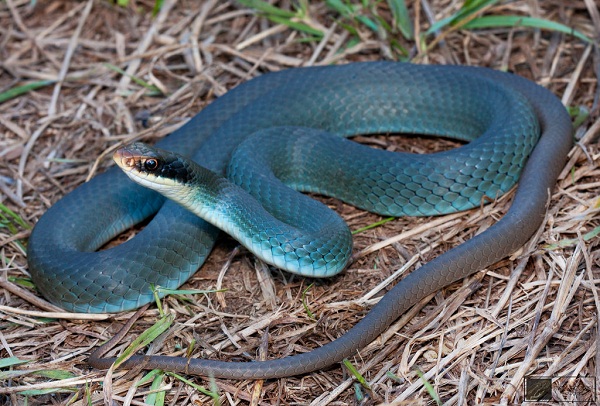



Blue Racer Snake Facts And Pictures
Black Racers are mostly carnivorous and consume animals that are smaller than they are These animals include moles, insects, even smaller snakes, mice, and similar rodents, frogs, and little birds The western yellowbellied racer is a long and slender species of North American snake with a bluegray body, like many other racer snakes The juvenile racers look different from the adults The color of the smooth scales on the slender body of the adult snake varies between bluegray, bluegreen, and brownAlso known as the blue racer, the eastern yellowbellied racer prefers bushy fields, grasslands, and open woods This species is active by day and will take shelter under rocks, brush, or in animal burrows if pursued As the name implies, racers can move fast, especially through tall grass or brush As with many of our harmless snakes, a racer will




Blue Racer 1 Of 22 Non Venomous Snakes In Ohio Ohio Snakes




North American Racer Florida Snake Id Guide
Subscribe and 🔔 to OFFICIAL BBC 👉 https//bitly/2IXqEInStream original BBC programmes FIRST on BBC iPlayer 👉 https//bbcin/2J18jYJFor racer snakGood luck The only good part about it being a snake "problem" is once it eats, it will not eat again for a weekWhat do baby racer snakes eat?



Pink Snake




Outdoors Blue Racer An Athletic Fit As Bowsher Mascot The Blade
Snakes Snakes are a major predator for both desert iguanas as well as green iguanas and their near relatives Venomous snakes kill and eat desert iguanas, while the green iguanas fall prey to boa constrictors and their near relatives Occasionally other reptiles, such as ground lizards, also feast on iguanasThe blue racer is a large snake, ranging between four to six feet in length In Ontario, it ranks among the province's largest snakes Its back has a shiny tinge to it, and solidly colored in bluish, greenish, or sometimes, grayish shades Its ventral scales are creamy white to light blue in color The head is darker than the body, the eyesThe blue racer snake is one of the few species of blue snakes in the world
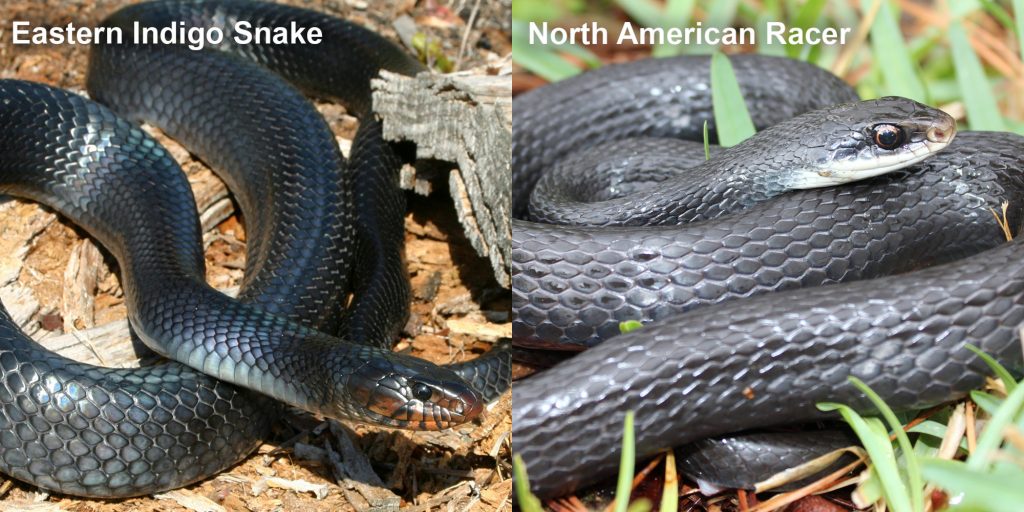



North American Racer Florida Snake Id Guide



Northern Black Racer
In this regard, what do racer snakes eat?Longest snake in NA; The blue racer is actually a relative of the common black snake, or black racer It can attain speeds up to 10 to 11 miles per hour
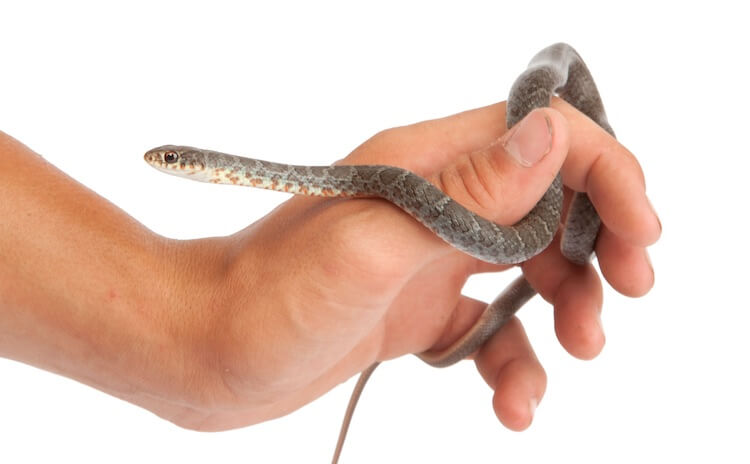



Blue Racer Snake Breed Profile Facts Speed Pictures Care Everything Reptiles




Blue Racer Snake Breed Profile Facts Speed Pictures Care Everything Reptiles
Racers can be distinguished from black rat snakes because of their uniform color, slender bodies, and smooth scales Feeding/Diet Racers do not constrict, but chase their prey down and swallow it alive They eat a variety of animals, including small rodents, lizards, frogs,The Blue Racer is an active forager, eating insects, rodents, frogs, birds and other snakes Despite its scientific name, the Blue Racer does not constrict its preyA blue racer snake is a constrictor so the snake would strangle its victim by going on it and tightening it




Blue Racer Snakes What Do Blue Racer Snakes Eat Blue Racer Snakes Eat Frogs Ppt Download




Blue Racer Snake Facts
How do blue racer snakes hunt?What do they eat?Diet of the Black Racer Younger snakes frequently prey on lizards, small snakes, frogs, insects, and small rodents Adults eat all of the above, and also feed on small birds, eggs, squirrels, rats, mice, small rabbits, and more
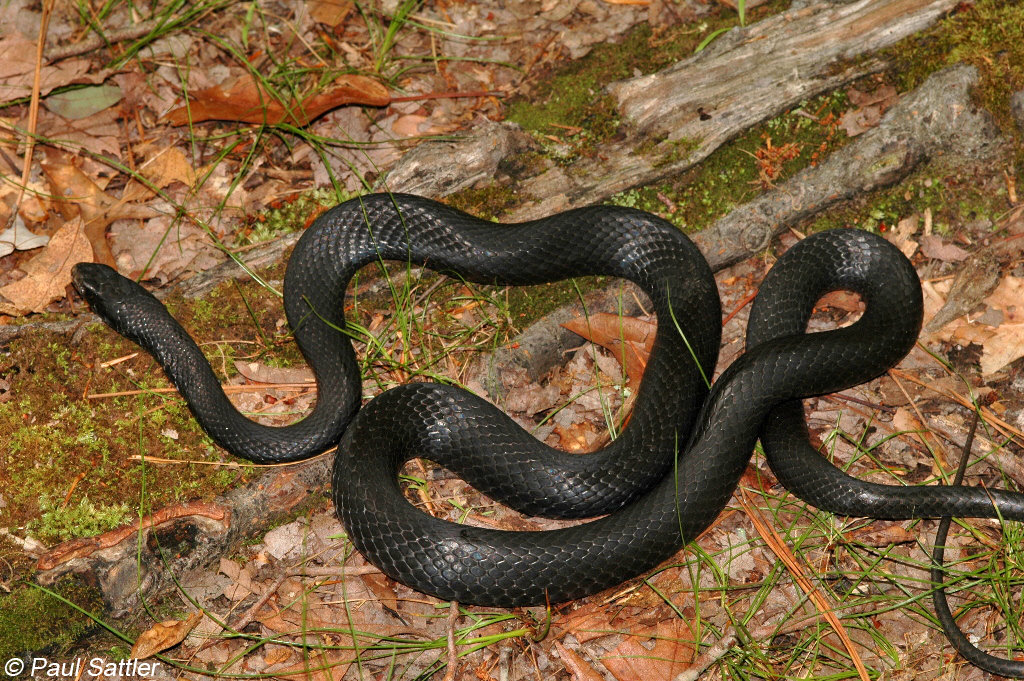



Northern Black Racer




Michigan Snakes Blue Racer Coluber Constrictor Foxi Michigan In Pictures
Baby Black Racer Life Cycle The total number of baby black racers that can take birth at a time is a wide range varying between 3 and 32 During birth, the juvenile Black Racers are 6 inches long The adult snakes do not feed their babies nor protect them The baby Black Racer mostly survives by the process of camouflage The blue racer snake is a fast, attractive nonvenomous reptile Blues grow to 36 to 60 inches in size and are easily identified by their metallic graygreen scales These snakes are not picky eaters and will readily eat mice, locusts, lizards and frogs in captivityWhereas the eggs and hatchlings form food of numerous, big and small, birds and animals Do blue racers make good pets?




Eastern Racer Oklahoma Department Of Wildlife Conservation



Striped Racers Whipsnakes Found In California
The eastern racers are fastmoving, highly active, diurnal snakes Their diet consists primarily of small rodents, frogs, toads, lizards, and other snakes Some subspecies are known to climb trees to eat eggs and young birdsJuveniles often consume softbodied insects, such as crickets and moths citation neededDespite their specific name, constrictor, they do not really employ constriction Otherwise, the best other thing you can do is keep any weeds or bushes back away from your coop area Snakes usually don't like wide open areas puts them at risk to be owl or hawk snake snack!Three encounters with blue racers in a single day!




Species Profile Black Racer Coluber Constrictor Srel Herpetology
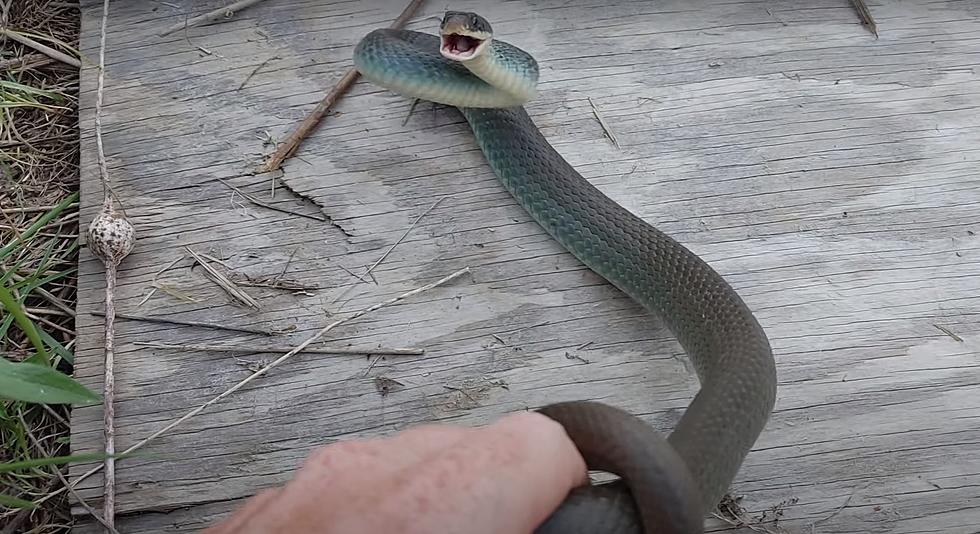



Iowa S Fastest Snake The Blue Racer
Even some popular pet snake species will kill and eat other snakes if housed together, and certain circumstances were to apply A snake that eats other snakes is known as an 'ophiophagic' snake There are many snake species that frequently eat snakes These include kingsnakes, king cobras, racer snakes, and eastern indigo snakes The one thing that you can notice in most water snakes is that they have dark bands or splotches on their backs Also, they can appear to be solid brown or black when they are wet The main thing that you can tell right away that a snake is a water snake is their pupils Yes, you have to be close enough to tell which snakes are venomous andWhere Do You Find Blue Racer Snakes – Related Questions Do blue racers eat chicken eggs?




Check Out These Ssseriously Cool Blue Racer Snake Facts
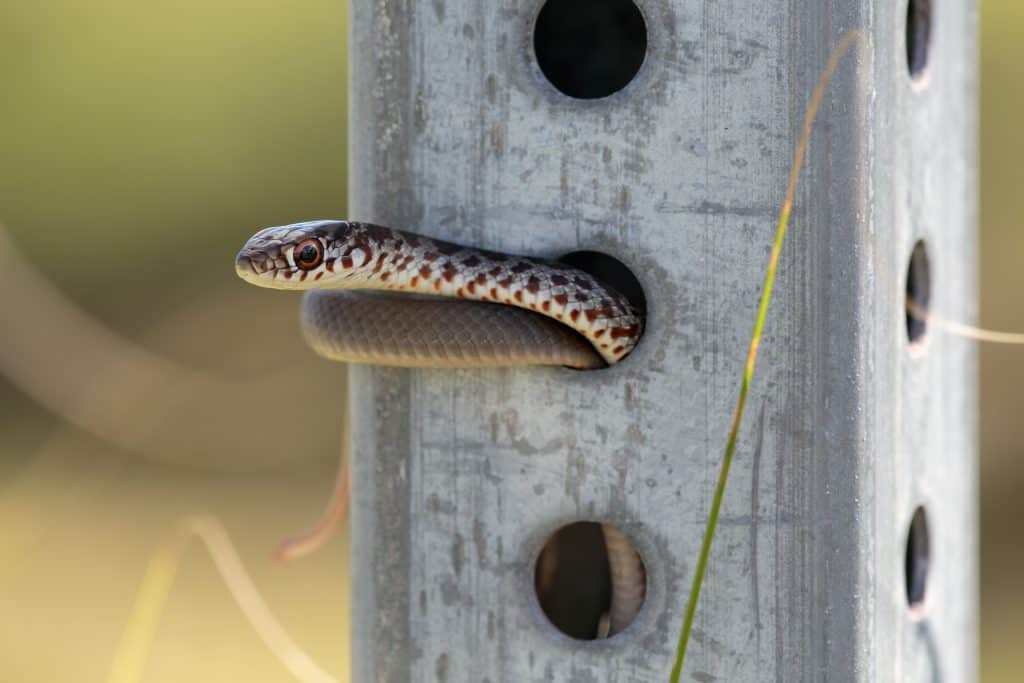



Blue Racer Snake Breeding Info Care Sheet With Pictures
However, you can get panic if Black Racer Snakes are coming your way because Black Racer Snakes tend to be a very fastmoving snakes They also kill and eat each other but most of the time they prefer other small animals to prey on like toads, Mice, and many othersFeeds on snakes (including venomous species), turtles,They prey on frogs, salamanders, lizards, other snakes, birds, and rodents Juveniles will eat large insects Are California striped racer snakes poisonous?



Ohio Wildlife Feature Blue Racer Paulding County Progress
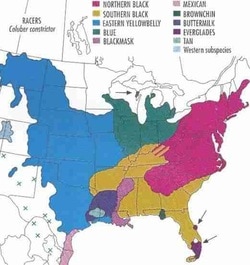



Blue Racer Snake Facts
Lays 412 large eggs w/ granular surface;Fox snakes are habitat generalists and can be found in woodlands, hedgerows, forest edges, fallow fields, and abandoned buildings Snakes species that often raid bird nests Snakes include black racer, pine snake, and the speckled king snake 4 Black Racer (Coluber constrictor) Unlike black rat snakes, black racers show white only on the chinDiet of the Black Racer Like most snakes, black racers are carnivorous, which means they eat meat Their diet depends on their age and location Younger snakes frequently prey on lizards, small snakes, frogs, insects, and small rodents Adults eat all of the above, and also feed on small birds, eggs, squirrels, rats, mice, small rabbits, and more



North American Racer Coluber Constrictor Amphibians And Reptiles Of Iowa
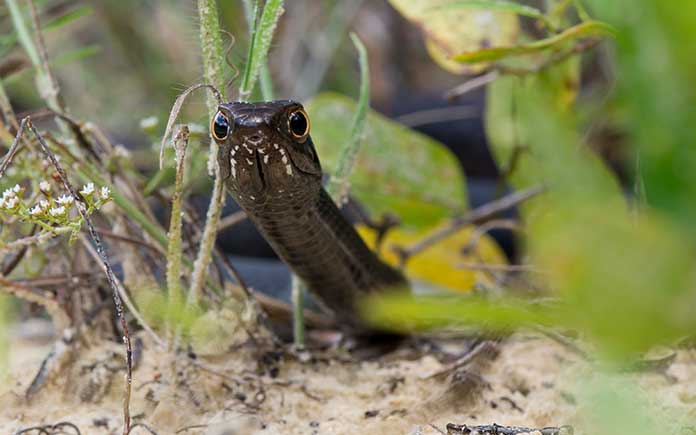



Black Snakes What You Should Know Today S Homeowner
Answer (1 of 21) muscogeegirlBlack Racer snakes are predators and eat rats, mice, lizards, moles, insects, salamanders, birds, eggs, small snakes (even the young of their own species), rodents and frogs Despite its Latin name, Coluber constrictor, the Black Racer snake is more likely to crush its victim into the ground or suffocate it rather than coiling around it in typical constrictor These birds will spot the Black Racer from above and pounce on them before they can escape What do Black Racer Snakes Eat?Diet The Black Racer mainly eats animals which are smaller than it These include insects, moles, birds, smaller snakes, lizards, rodents and most frogsTo eat its prey, the snake will suffocate and crush its victim into the ground (compared to most constrictors which coil around a specific prey) Furthermore, are black racers good to have




Black Racers Living On The Edge Summer 19 Articles Features
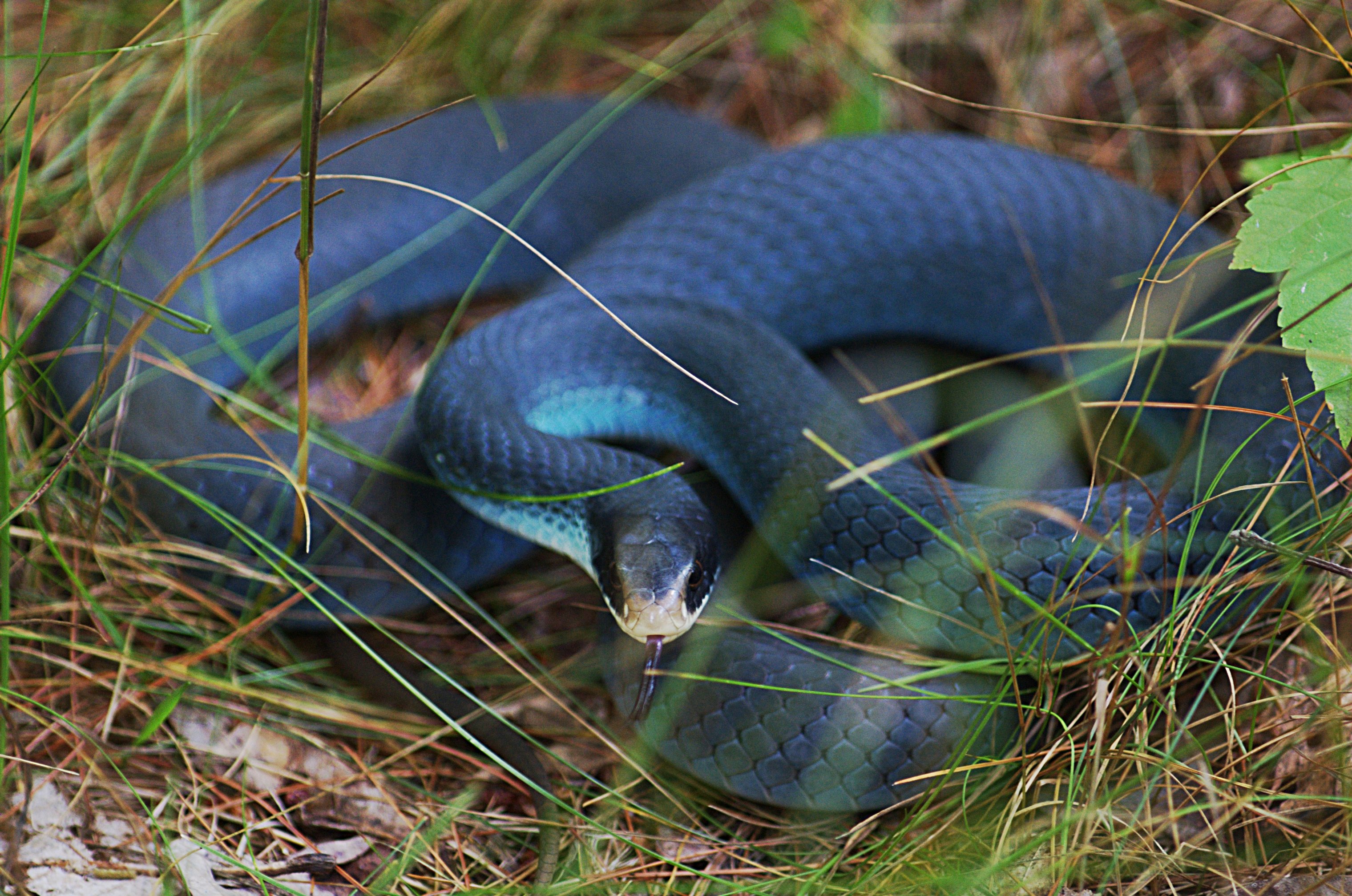



Coluber Constrictor Foxii Wikipedia
Rat snakes are beneficial in controlling not only rats and other rodents, but also rat snakes eat venomous snakes, including rattlesnakes and copperheads Unfortunately, some rat snake species are becoming rare and endangered, largely thanks to predation by humans If a rat snake is getting into your coop, take measures to keep it out and leaveLizards mostly eat small animals such as insects, but some might eat snakes It depends on the body size of the lizard and snake Big lizards such as monitors will easily overpower and eat small snakes Other examples include the bluetongued lizards, which enjoy preying on small snakesDogs and cats are known to feed on juvenile blue racers;




Eastern Racer Wikipedia
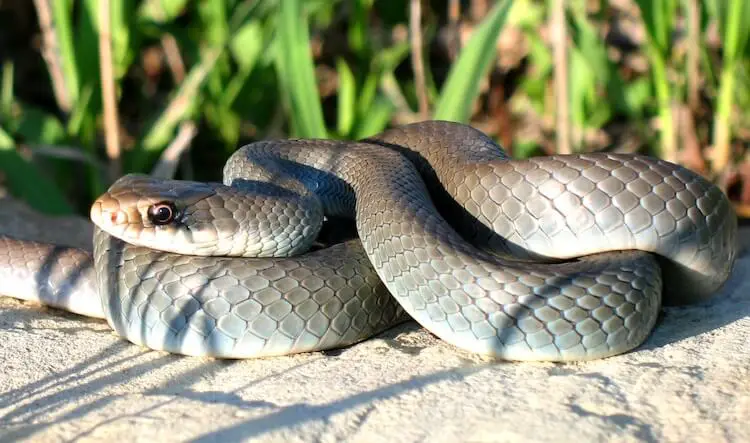



Blue Racer Snake Breed Profile Facts Speed Pictures Care Everything Reptiles
Indigo snakes are known to feed mainly upon other snakes, turtles, mammals, frogs, birds, and lizards Unusual food items, in comparison to that of other snakes, include small tortoises and all venomous snake species native to theBlue Racer (Coluber constrictor foxii) Blue Racer snake control and removal should only be handled by a professional snake removal and control company, you can find a company by first selecting your state on the left then the closest city call the number, this is the company that we reccomend in that area Believe it or not, snakes can be great to have aroundBlack racer snakes are nonvenomous, but suddenly sighting them could cause quite a scare (DepositPhotos) Facts About Black Snakes Diet Mostly eat rodents, lizards, birds and bird eggs The Eastern rat snake, like the Eastern racer, is a constrictor




Blue Racer Snakes What Do Blue Racer Snakes Eat Blue Racer Snakes Eat Frogs Pptx Powerpoint



Commonly Confused Snakes In Central Florida Natural Resources
Birds and eggs, other snakes, lizards, insects and small mammals Fun Facts >> The Eastern racer exhibits periscoping behavior, which simply means they move through grasses with their heads raised searching for food, similar to a periscopeThe north american racer, often referred to as the "black racer" or "blue racer", is often found in urban and rural farm land and open fields They are excellent climbers and extremely fast snakes The largest threat this snake will cause, is the injury you may recieve if you trip while running away, and chances are, it is fasterBlue racers are diurnal hunters, meaning they hunt during the day This allows them to hide away at night while their predators come out to hunt Neonate racers will feed on crickets, beetles, and grasshoppers Adult blue racers feed on a variety of species from rodents, frogs, other snakes, and even some small birds




Blue Racer Snake By Mia Orsi




North American Racer Youngforest Org
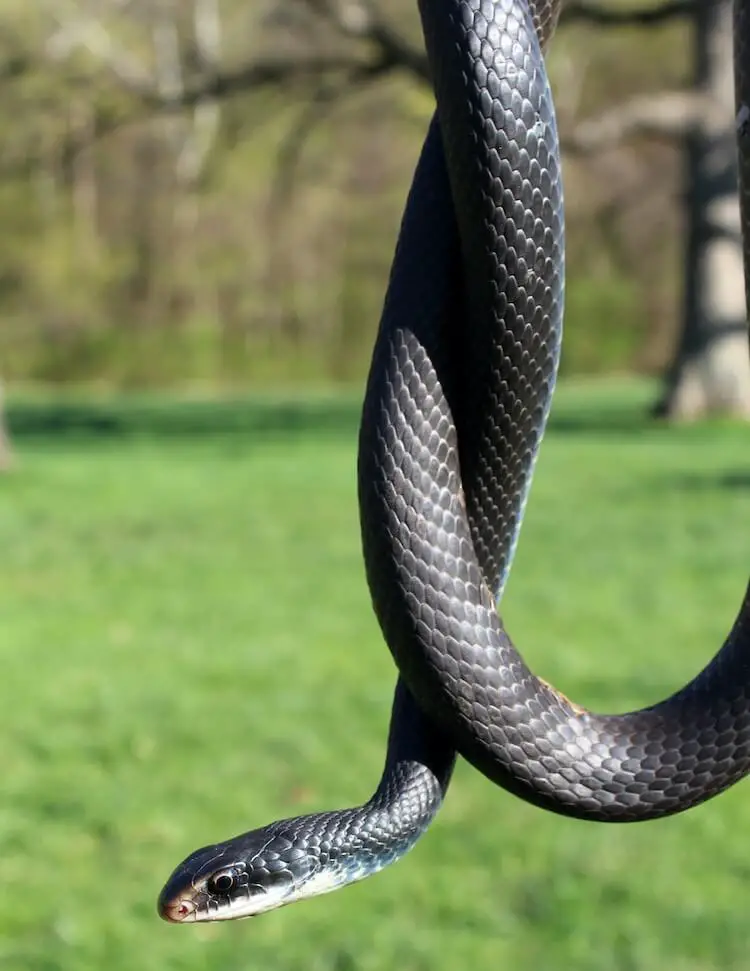



Blue Racer Snake Breed Profile Facts Speed Pictures Care Everything Reptiles




Snake Profile Blue Racer Snake With Pictures
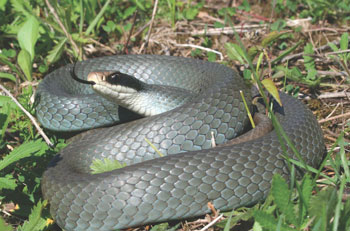



Blue Racer Recovery Strategy Ontario Ca
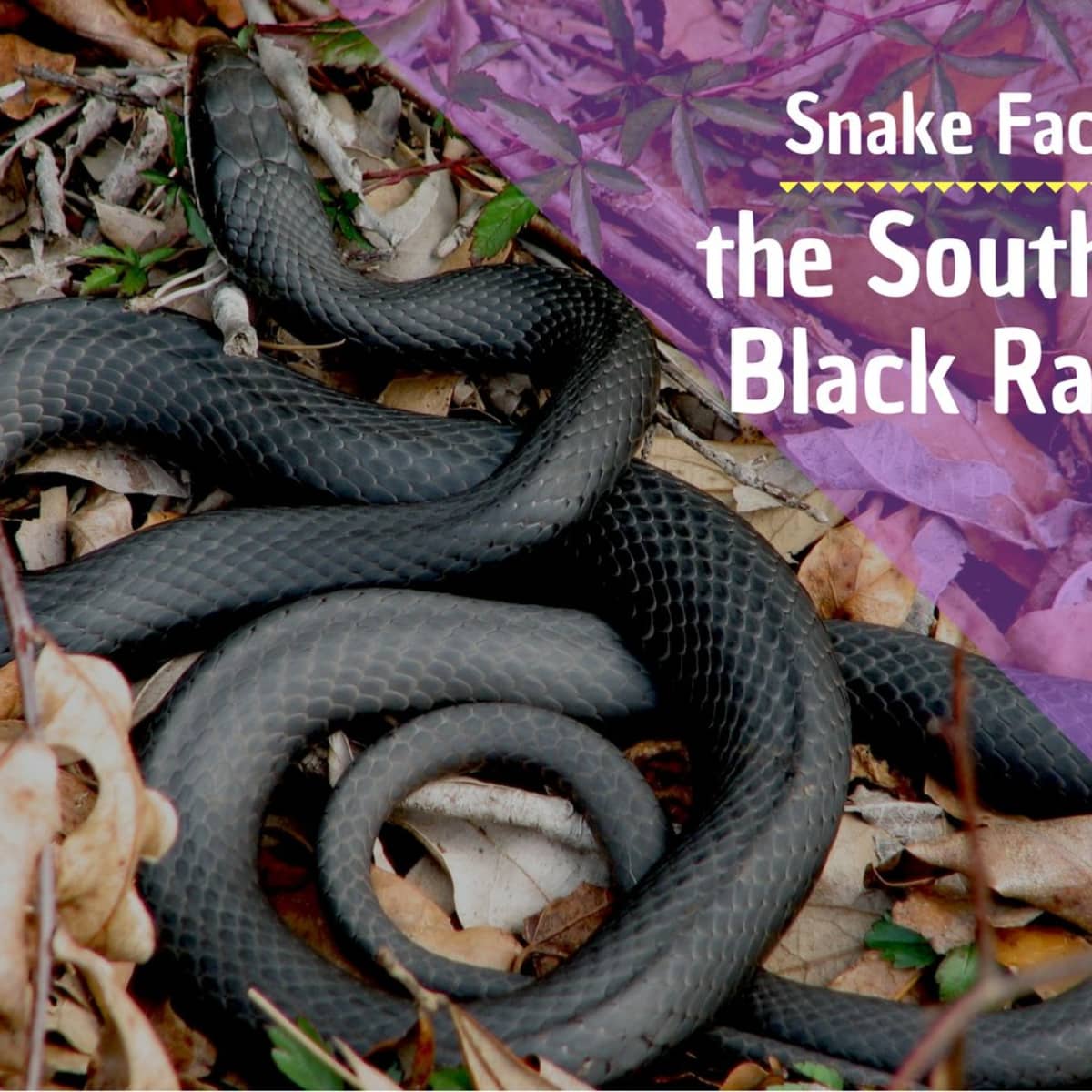



Facts About Southern Black Racer Snakes Owlcation



North American Racer Coluber Constrictor Amphibians And Reptiles Of Iowa
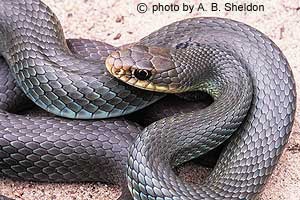



North American Blue Racer Eek Wisconsin
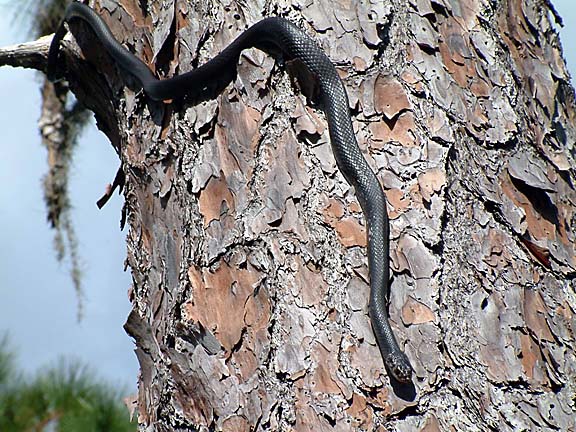



How To Get Rid Of A Black Racer Snake Florida Wildlife Removal Services Of Florida




Myfwc Florida Fish And Wildlife Three Snakes In Florida Are Often Mistaken For One Another Two Are Nonvenomous And One Venomous Here Are Some Differences Black Racers Nonvenomous One



North American Racer Coluber Constrictor Amphibians And Reptiles Of Iowa




Black Racer Snake Ohio History Central
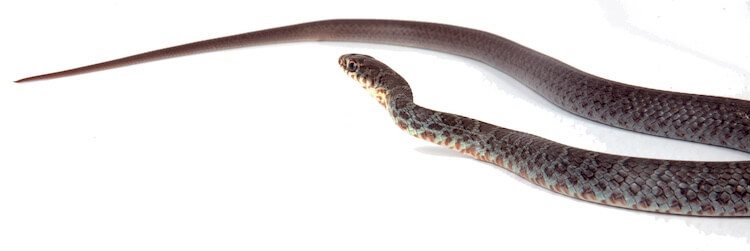



Blue Racer Snake Breed Profile Facts Speed Pictures Care Everything Reptiles



Southern Black Racer Snake Facts
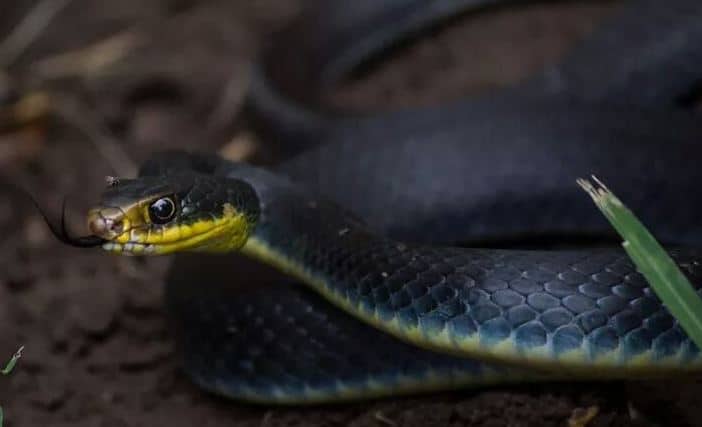



Snake Profile Blue Racer Snake With Pictures
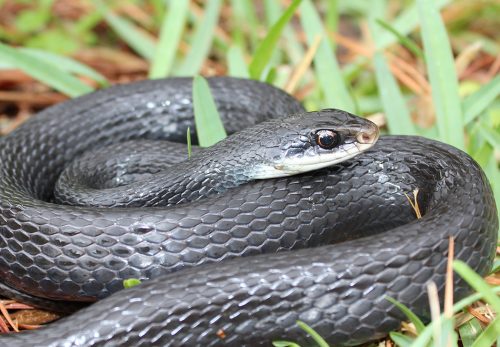



North American Racer Florida Snake Id Guide
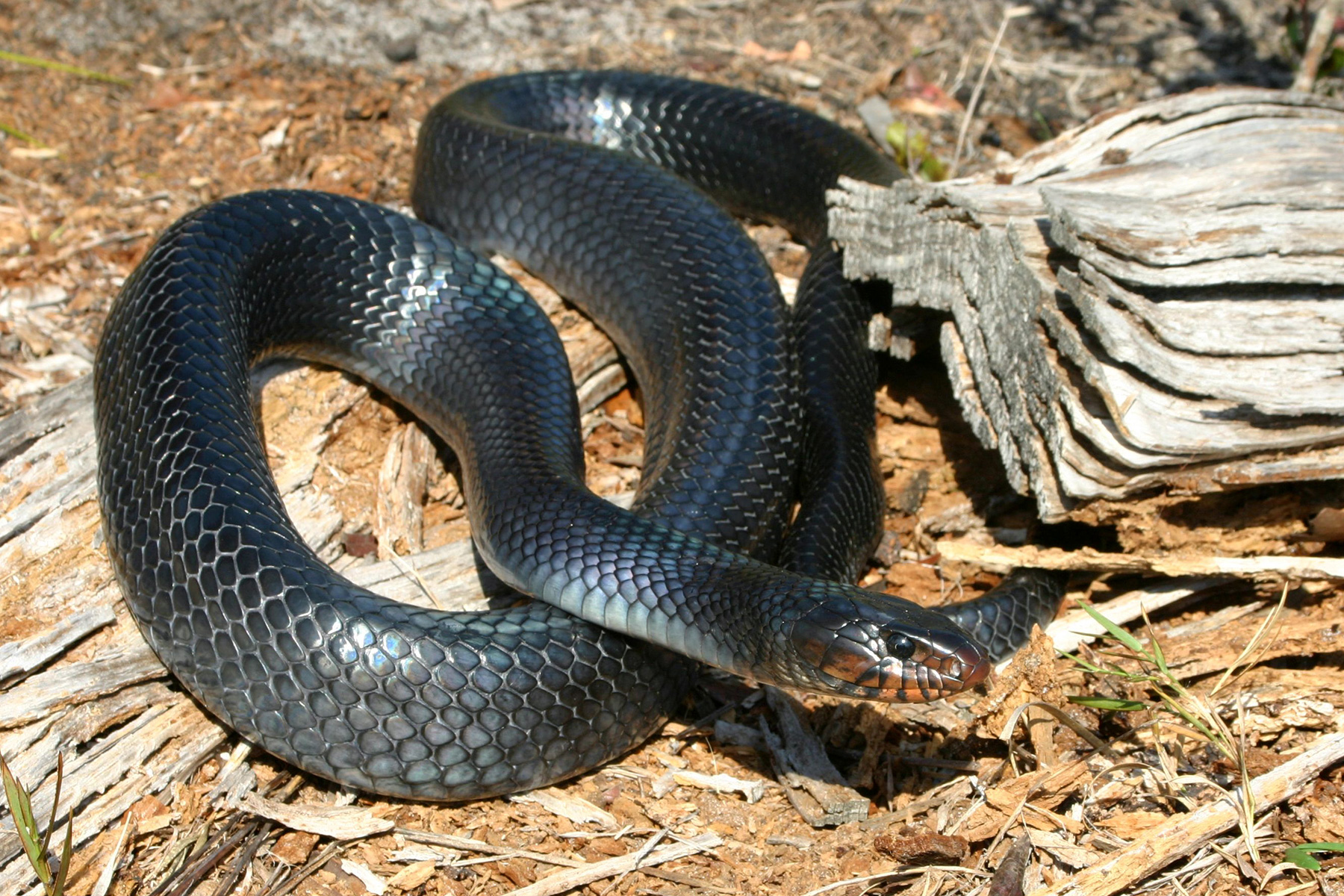



Eastern Indigo Snake Florida Snake Id Guide
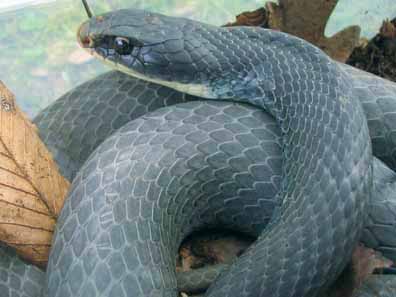



Blue Racer Snake




Southern Black Racer Snake Facts And Photos Science Trends
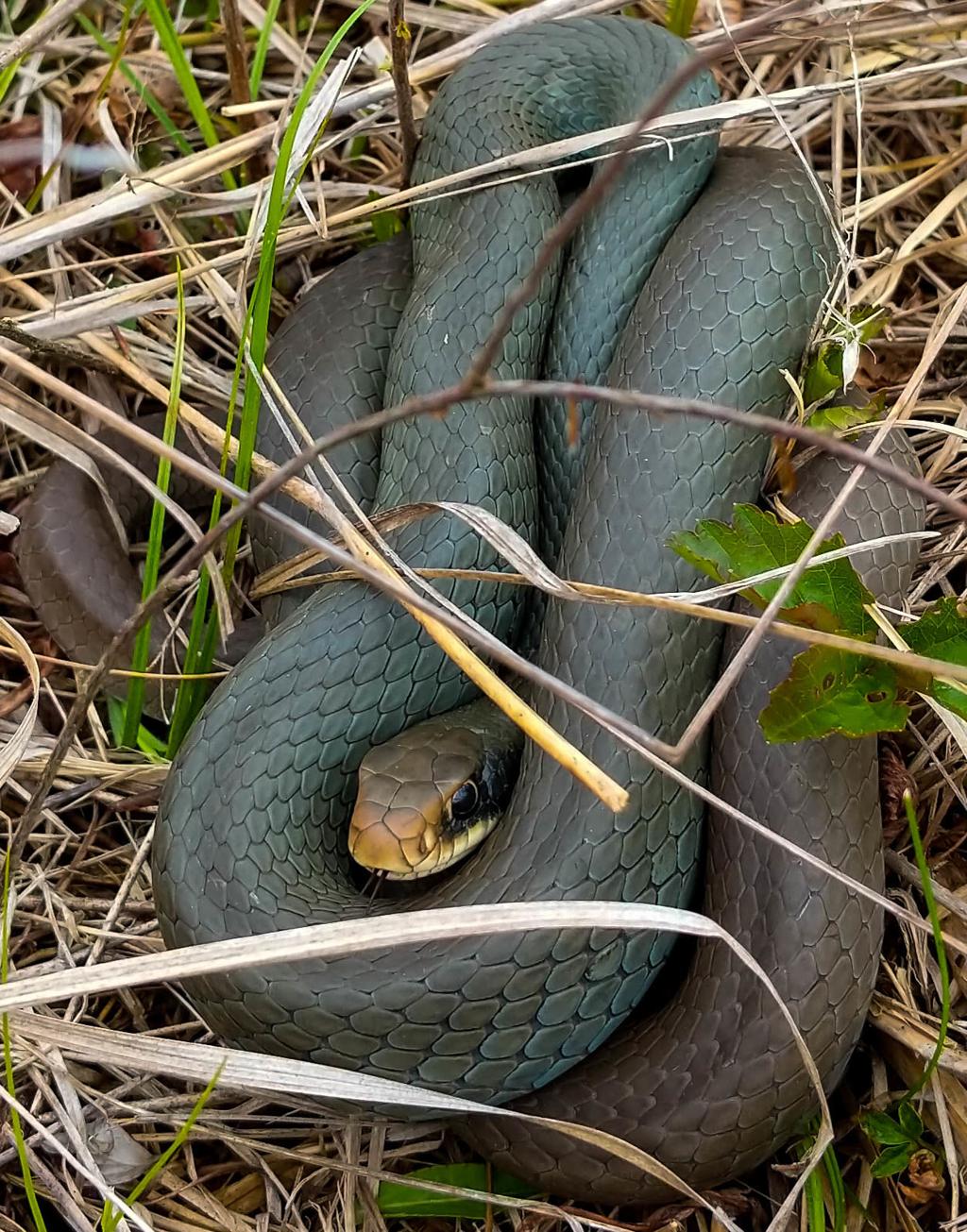



Blue Racers Are Fast Agile Outdoors Daily Journal Com




Blue Racer Snake Youtube




Kansas Herpetofaunal Atlas




105 Blue Racer Snake Stock Photos Pictures Royalty Free Images Istock



Pollinator And Wildlife Habitat Kansas Blue Racer Snake



Pollinator And Wildlife Habitat Kansas Blue Racer Snake
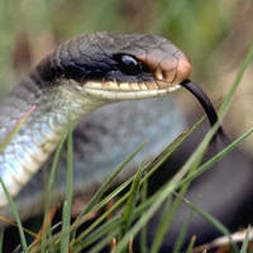



Blue Racer Snake Facts




Eastern Racer Wikipedia




The Blue Racer The Facts On A This Big And Fast Snake Species




Blue Racer Eats A Fuzzy Mouse Youtube



1
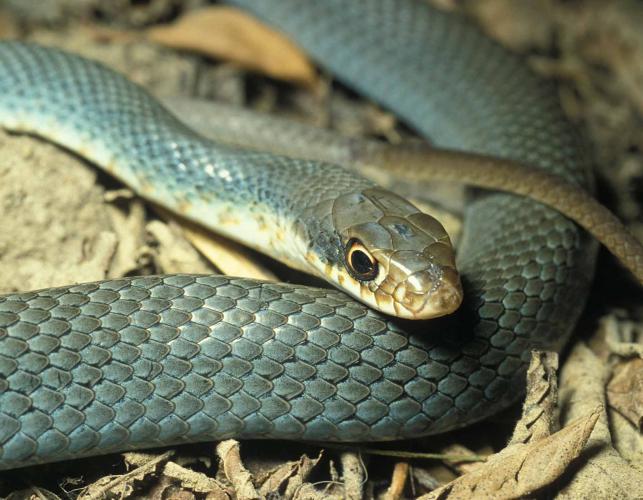



Eastern Yellow Bellied Racer Missouri Department Of Conservation




Galapagos Racer Galapagos Conservation Trust




Blue Racer Snake Guide How To Identify And Are They Venomous Discover Wildlife
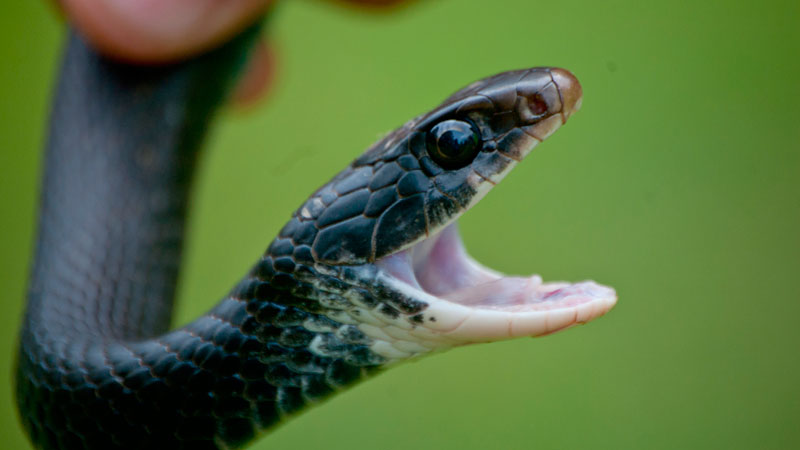



Snake I D Louisiana S Snakes Identified Louisiana Sportsman




Black Racer Snake Removal Control




Coluber Constrictor Flaviventris Wikipedia



My Quality Day The Not So Quality Part Of Yesterday



Sierra Fence Lizard Sceloporus Occidentalis Taylori




The Blue Racer The Facts On A This Big And Fast Snake Species
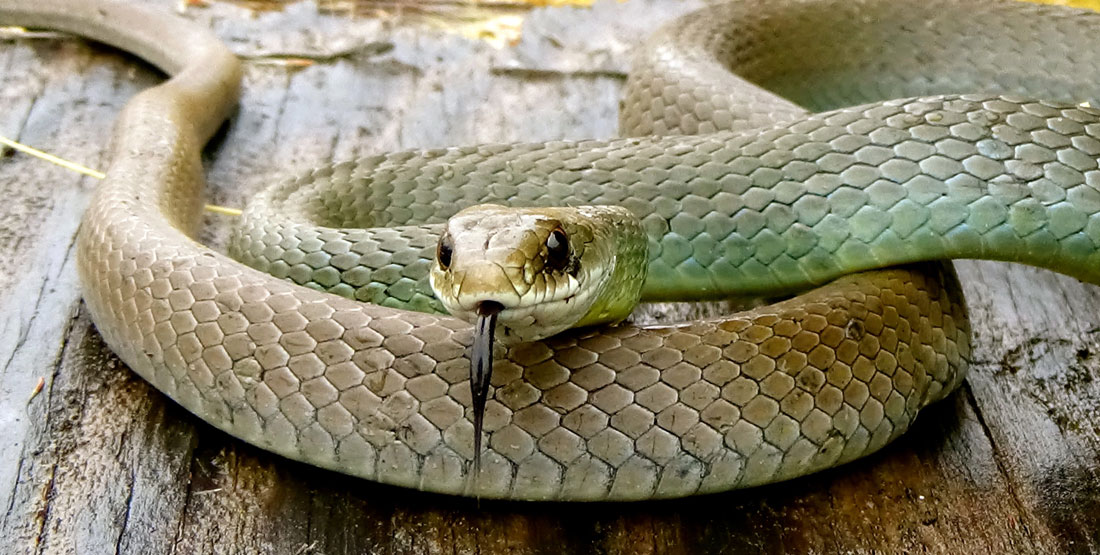



Western Racer Burke Museum




Racer




Eastern Yellow Bellied Racer Missouri Department Of Conservation
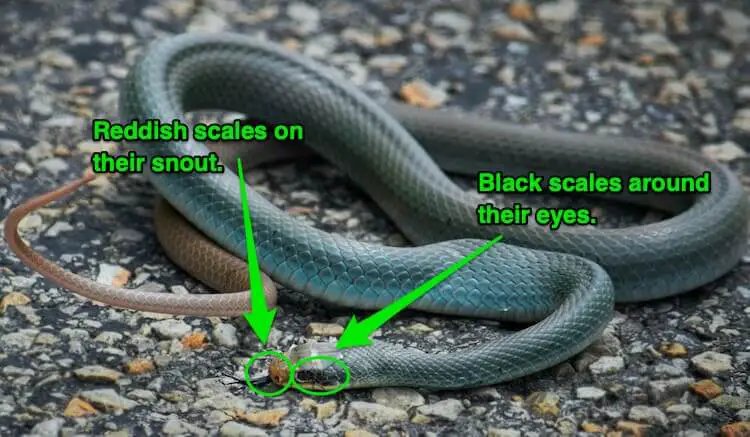



Blue Racer Snake Breed Profile Facts Speed Pictures Care Everything Reptiles




Pollinator And Wildlife Habitat Kansas Blue Racer Snake
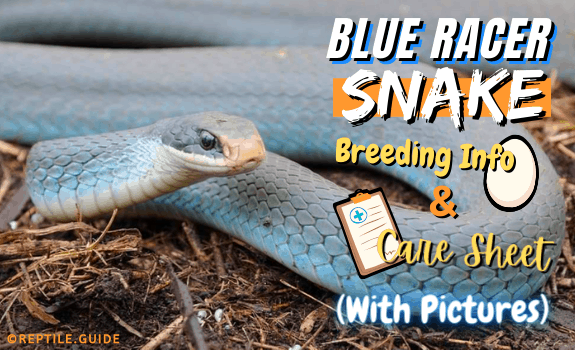



Blue Racer Snake Breeding Info Care Sheet With Pictures
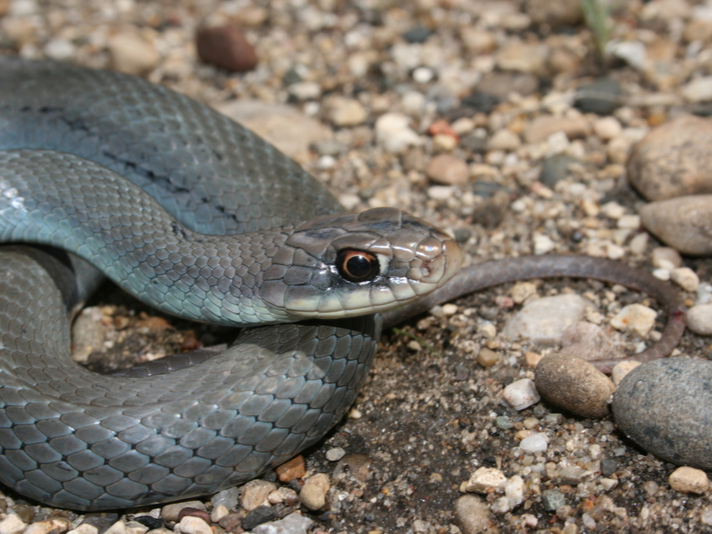



12 Blue Racers Successfully Hatched At Canada S Scales Nature Park Reptiles Magazine




Pin On Colors




Blue Racer Snakes What Do Blue Racer Snakes Eat Blue Racer Snakes Eat Frogs Pptx Powerpoint




Kansas Herpetofaunal Atlas




North American Racer Youngforest Org



North American Racer Coluber Constrictor Amphibians And Reptiles Of Iowa




Fans Of Snakes 3 Blue Racer Snake The Blue Racer Snake Is Highly Active Fast Moving Which Inhibits A Variety Of Places Including Bushes Swamps Open Woods And Weedy Lake Edges
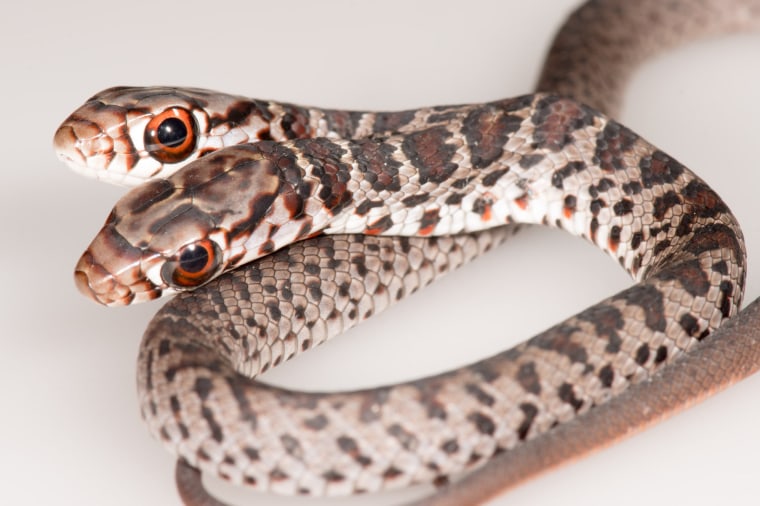



Rare Two Headed Snake Found In Florida




North American Racer




Video Watch Electric Blue Snake Feast On Poison Packed Rattlesnake In Slithering Standoff Daily Record




Kansas Herpetofaunal Atlas




Black Racer Snake Facts And Beyond Biology Dictionary
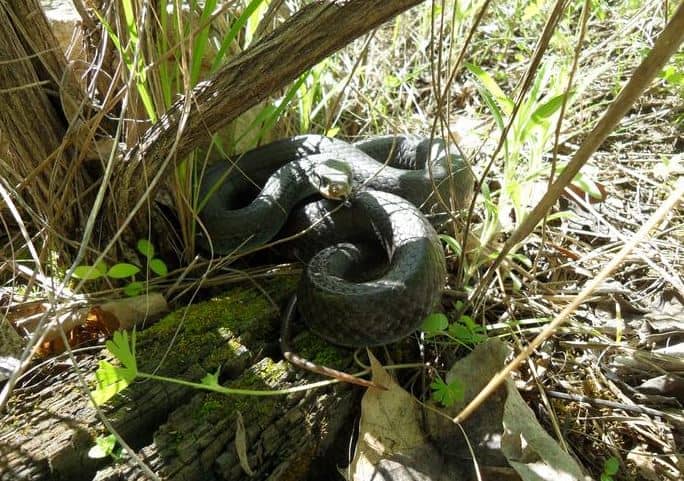



Snake Profile Blue Racer Snake With Pictures




Black Racer Snakes Will Bite Youtube
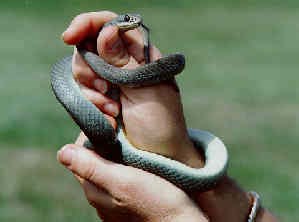



Eastern Yellowbelly Racer Bighorn Canyon National Recreation Area U S National Park Service
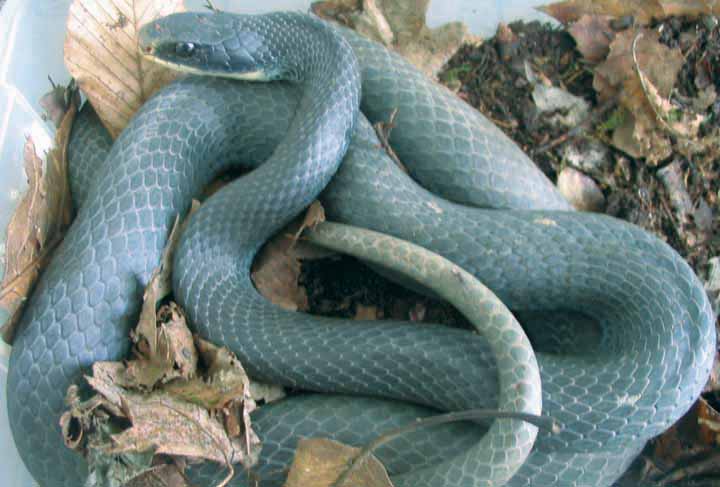



Blue Racer Snake




Blue Racer 1 Of 22 Non Venomous Snakes In Ohio Ohio Snakes



Pollinator And Wildlife Habitat Kansas Blue Racer Snake




Blue Racer Snake
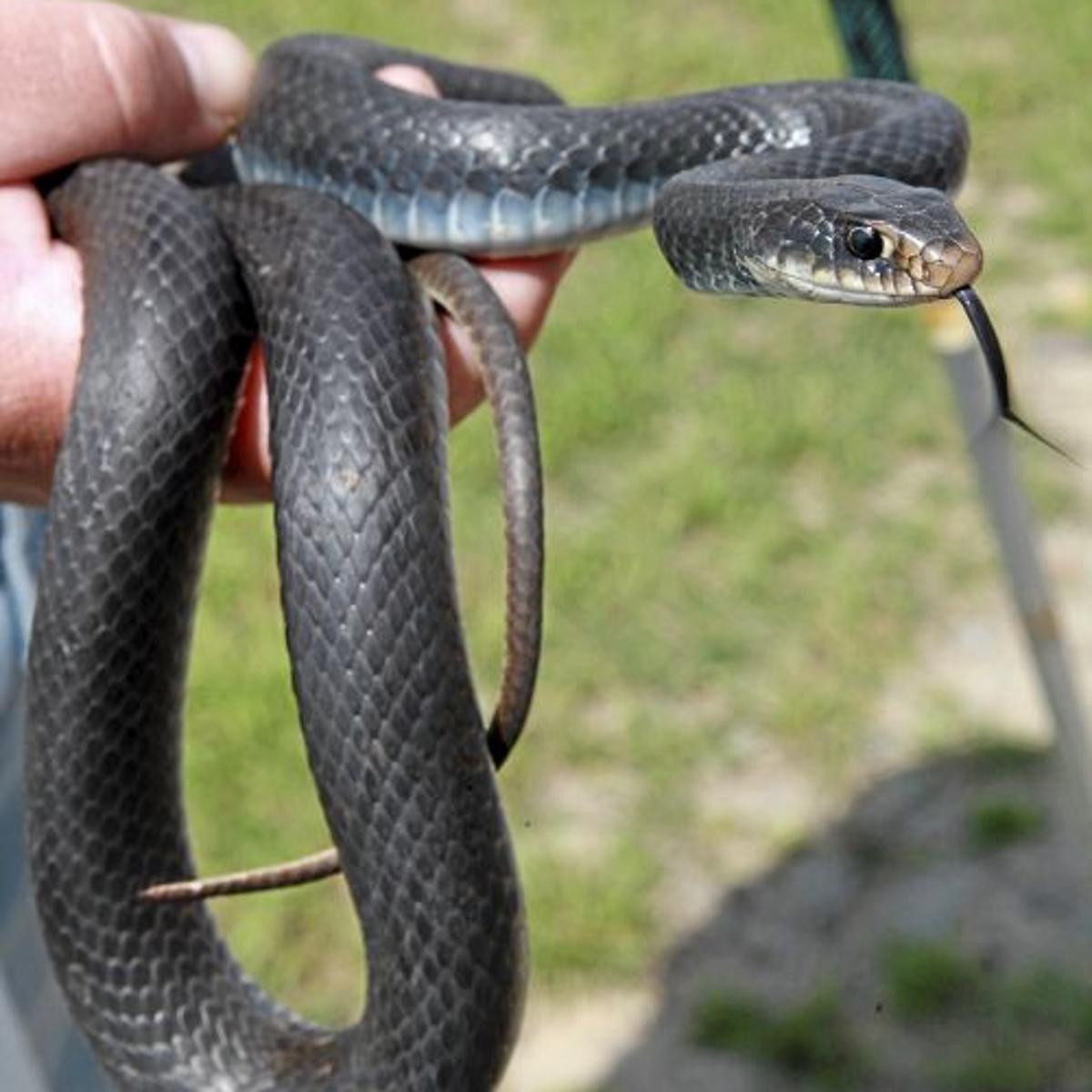



World Around You Black Racer Snakes Generally Lightning Fast And Territorial Sports News Tulsaworld Com



Black Racer Information Facts




Chasing Blue Racer Snakes They Climb Trees Youtube



1
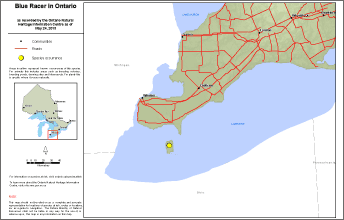



Blue Racer Ontario Ca




The 17 Snakes You Might Meet In Michigan Mlive Com


